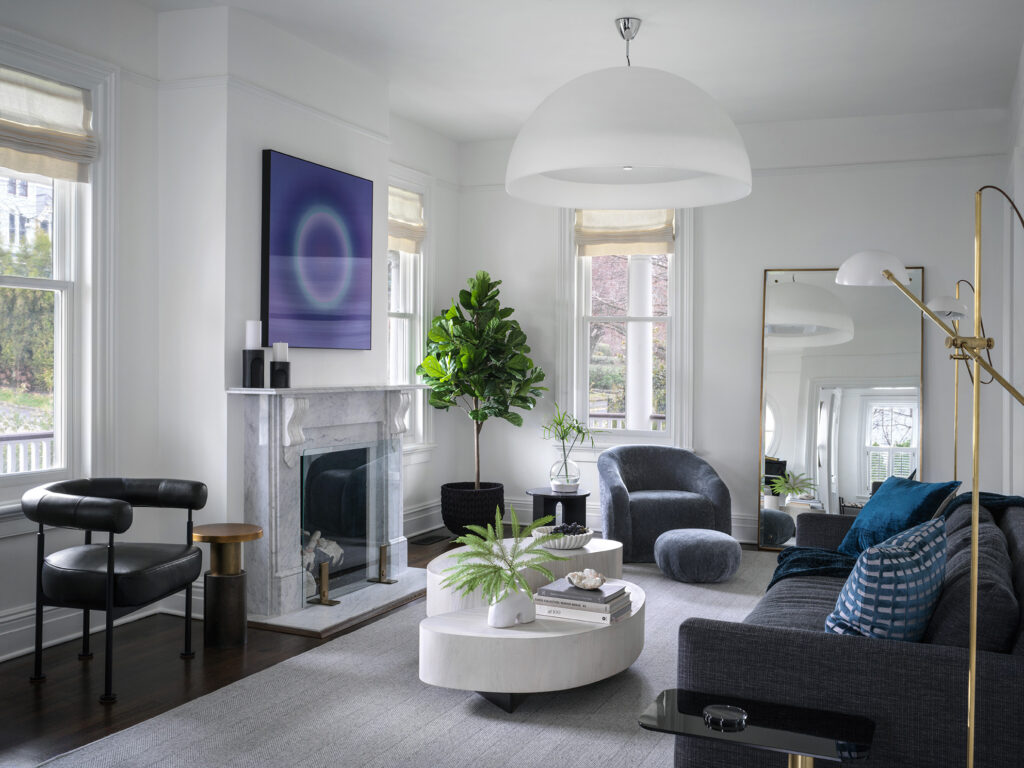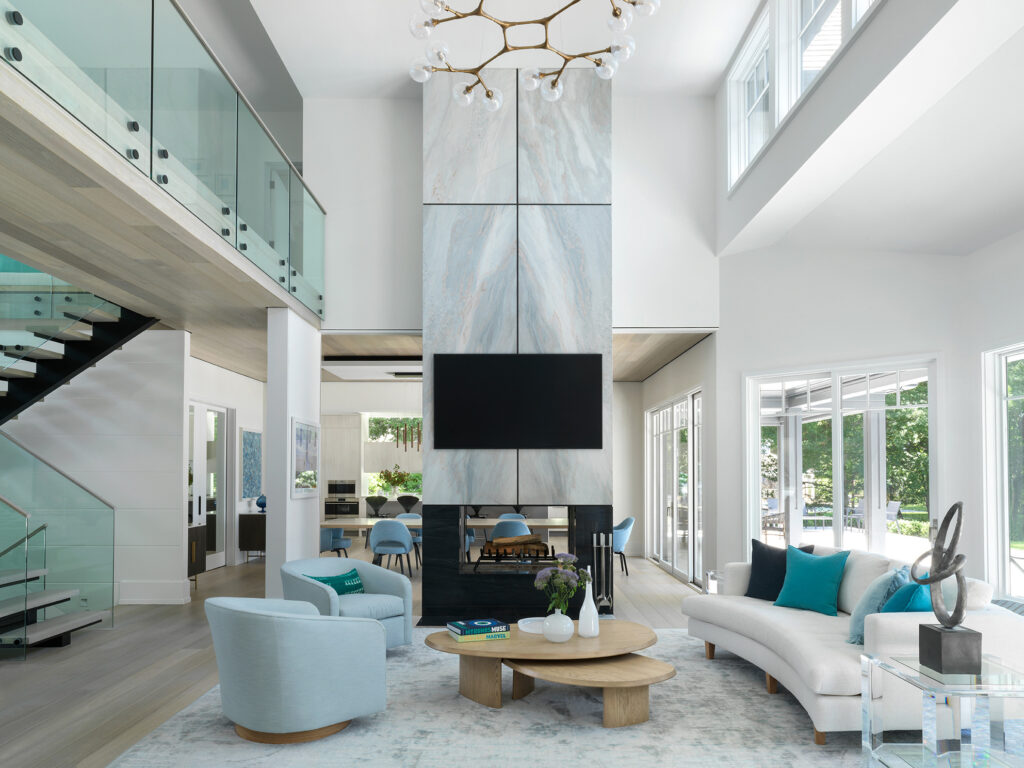
An interior designer’s portfolio lives in two worlds: the physical spaces they create and the way those spaces are captured, contextualized, and shared with the world. This is where a book packager comes in. A skilled packager works behind the scenes to transform a designer’s vision, process, and unique perspective into a finished book—one that becomes a tangible reflection of who they are as a designer. It’s not simply about producing a beautiful object. It’s about orchestrating every element of storytelling: from the initial concept through the final printed page.
What a Book Packager Actually Does
A book packager connects a designer’s creative vision with the expertise required to bring it to life. They act as a conductor in understanding how each instrument contributes to the symphony. They work with publishers, photographers, editors, and technical experts to ensure that the designer’s voice comes through clearly, their work is presented compellingly, and every production decision serves the larger narrative.
The Services Book Packagers Provide
Concept Development and Strategy. A book needs a clear vision—not just a collection of compelling pictures. A skilled packager develops the conceptual framework alongside the designer. What story is being told? Is the focus a specific design philosophy or a range of residential and commercial work? What informs the designer’s approach? A good packager helps articulate this and shape it into a compelling proposal.
Author and Contributor Representation. If a book needs an essayist, foreword writer, or contributing voices, the packager sources those individuals and handles negotiations. For many designers, this is the hardest step to navigate on their own.
Editorial Direction and Content Strategy. Packagers work with writers and editors to create an editorial spine—a through-line connecting images, case studies, and reflections. This ensures the designer’s narrative is straightforward, their philosophy evident, and every word serves the work.
Visual Direction and Design. A book packager oversees the aesthetic life of the project—layout, typography, image selection and sequencing, and photography direction. In interior design books, the book’s design becomes a commentary on the designer’s sensibility. A minimalist designer’s book should feel different from a maximalist’s. The visual language must honor the designer’s voice.
Project Management and Production. From timeline to budget to printer selection, a packager handles the logistics that ensure the book meets the highest standards. They coordinate with the publisher to ensure quality control and troubleshoot issues that arise during production. The designer focuses on their craft; the packager focuses on bringing the book into existence.
Why Interior Designers Partner With Book Packagers
Publishing a book feels impossibly complicated for those without experience. The path from concept to finished monograph involves numerous decisions: traditional publisher or boutique press? Self-publishing? Who handles design and layout? How does one ensure quality?
A book packager streamlines the publishing process. Instead of building an in-house team or navigating the industry alone, designers can tap into existing editorial expertise, design knowledge, production experience, and publishing know-how. When someone asks if they can handle everything themselves, the answer is yes—but it comes with a caveat. Just as you wouldn’t advise a client to design their own kitchen without professional guidance, attempting to publish a book without industry experience often leads to costly mistakes. A packager brings specialized knowledge that saves time, money, and ensures a polished final product.
The Result
The designer brings the raw material—their work, their insights, their design story. The packager brings the expertise to shape that material into a book that advances their career and creates something they’ll be proud of for years to come. Design work deserves to be seen. A packager’s job is to ensure it’s seen in the most compelling way possible.







